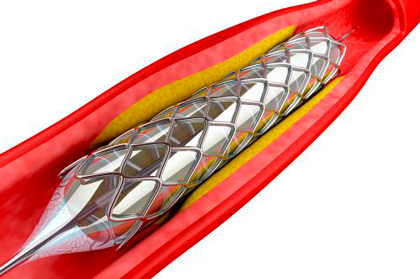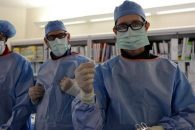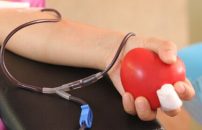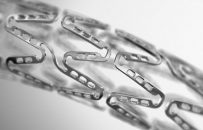The new drug-eluting stents (DES) equipped with ultra-thin struts are showing a lower risk of target lesion failure as a result of lower rates of acute myocardial infarction and similar rates of revascularization, according to this meta-analysis soon to be published in Circulation. Such a difference is evidenced at a 1-year follow-up when compared with…
Cardiovascular Events During World Cup Soccer, an Old Article Worth Remembering
Is it possible for a soccer match to trigger an infarction? Is it possible for the stress derived from watching our national team play to trigger a cardiovascular event? Many might think that these are exaggerations. However, not only is it possible, but it has been proved beyond the shadow of a doubt for some…
FFR vs Angiography Guided CABG
In the daily practice and in randomized studies such as Syntax or Freedom, most cardiovascular surgeons across the world use angiography guided CABG to teat 50% coronary stenosis. Many of these lesions might not be functionally significant. There is abundant evidence in favor of fractional flow reserve (FFR) guided PCI, but FFR guided CABG is…
First Results for Ticagrelor in Elective Coronary Angioplasty
This is one of the first studies on the use of ticagrelor in patients with stable coronary arteries who undergo elective angioplasty. Although its number of patients is low and its endpoints are soft, this work at least provides some support to what is already happening in daily clinical practice. Many patients admitted for a…
Great Dispersion in the Prognosis of Patients with Angina and No Coronary Lesions
The prognosis of patients with symptoms of angina (with all their subjectivity) in a setting of no significant coronary lesions is widely varied. It is not as benign as we initially thought and patients do not present as many events as “regular” patients with associated severe coronary lesions. The literature owed us data on the…
The Crucial Significance of Lifestyle Changes
Any change towards a healthier lifestyle, even if it seems small, can have a great impact, particularly in patients with diabetes. These changes are never too late. In consequence, as physicians, we should always be attentive and never stop encouraging patients to adopt them. Patients with diabetes who make changes to their lifestyle, such as…
Real-Life Functional Assessment of Coronary Stenosis: We Are Yet to Convert to It
The use of functional assessment of coronary stenosis (following the class IA recommendation in both American and European guidelines) is below 50% in daily clinical practice. Truth be told, most operators continue having blind faith in angiography. The inclusion of coronary physiology in the decision-making process has spread widely across countries, sites, and operators. The ERIS…
Angina Is as Subjective as Any Other Pain
Almost 80% of all patients randomized in this study reported Canadian Cardiovascular Society class II or III angina, and almost all of them (97%) had more than 1 positive non-invasive ischemia test that matched the area of their single diseased coronary vessel. Beyond fractional flow reserve (FFR) or instantaneous wave-free ratio (iFR), the study randomized patients to…
CTO Revascularization Improves Quality of Life
Courtesy of Dr. Carlos Fava. The presence of CTO hovers around 15, 20% in coronary angiographies of patients with chronic stable angina, but only 5% receive percutaneous coronary intervention (PCI). One of the obstacles to percutaneous revascularization is the lack of relevant studies justifying it, though we do have different comparative studies that improve symptoms, ventricular…
Manual vs. Mechanical Compression after Transradial Catheterization
For patients undergoing transradial catheterization, whether puncture site compression is manual or mechanical has no significant difference as regards post procedural radial artery occlusion (RAO) rate. Hemostasis is shorter with manual compression, but it seems difficult to implement in the clinical practice. We could carry out an economical sub-analyzis of this study to find out…
More Bad News on Bioresorbable Scaffolds
A year after the implantation of everolimus-eluting bioresorbable scaffold Absorb 1.1, optical coherence tomography (OCT) scans showed neointima formation covering plaque without significant luminal loss. At 5 years, the device is supposed to disappear completely, potentially thrombogenic plaque components are supposed to be covered by endothelium, and the vasomotor function is supposed to be recovered. However, there…










